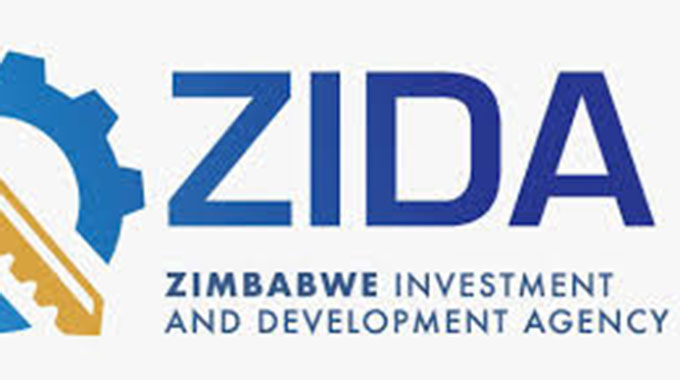Insurance player urged to boost liquidity buffers
The Insurance and Pensions Commission (Ipec) has stated that the short-term insurance sector is maintaining seven percent cash and bank balances, which is below the 20 percent upper limit, creating a risk of failure to handle unexpected high-risk claims.
The regulator, in its fourth quarter 2024 short-term insurance report, said insurers must ensure sufficient liquidity buffers to handle unexpected claims or market downturns.
“Other liquid assets such as money market investments and other short-term investments were well below the 70 percent upper limit for money markets, indicating that the industry may face liquidity risk if high claim payouts or unexpected financial shocks are experienced by the industry,” reads part of the report.
During the period under review, short-term insurers reported total assets amounting to ZAR6,18 billion, equivalent to US$239,42 million, which is a six percent increase from US$225,43 million reported as at December 31, 2023.
According to the report, the increase in assets is mainly attributable to short-term investments and reinsurance contract assets, which increased by 1 007 percent and 108 percent, respectively.
The report shows that insurance contract assets and reinsurance contract assets amounted to ZiG561,51 million (US$21,77 million) and ZiG1,66 billion (US$64,27 million), respectively.
Ipec said that during the period under review, reinsurance contract assets and investment property were the two major asset classes, accounting for a combined 43 percent of total assets.
The Commission said reinsurance contract assets constituted 27 percent of the total assets, which poses counterparty credit risk. The insurance industry relies on reinsurers to pay claims; if reinsurers default, delay payments, or face insolvency, the insurers may struggle to meet their obligations.
Investment property alone constituted 16 percent, against a limit of ten percent as stipulated in the IPEC Investment Guidelines issued in terms of Circular 2 of 2013.
During the period under review, short-term insurers reported insurance revenue amounting to ZIG 4,60 billion, equivalent to US$255,56 million at the average exchange rate for the period under review.
This represents an 18 percent increase from the US$216,81 million reported for the same period in 2023.
In the engineering and aviation classes of business, insurance revenue increased significantly by 105 percent and 90 percent, respectively, while the hail and fire classes of business insurance revenue decreased by 318 percent and eight percent, respectively.
“During the reporting period, the primary drivers of insurance revenue were the motor and fire classes of business, collectively contributing 59 percent of the total revenue,” reads part of the report.
On foreign currency revenue, short-term insurers reported absolute foreign-currency-denominated insurance revenue amounting to US$218,89 million during the period under review, a 25 percent increase from US$174,80 million reported in December 2023. Foreign currency-denominated business constituted 79 percent of the total insurance revenue reported for the year 2024, an increase of eight percent from the 2023 share of foreign currency-denominated business.
In the engineering and personal accident classes of business, insurance revenue increased significantly by 97 percent and 75 percent, respectively, while the miscellaneous accident class of business insurance revenue decreased by 68 percent.
According to the report, as of December 31, 2024, direct insurers had 474 727 policies, down from the 605 518 policies underwritten as of September 30, 2024. During the fourth quarter of 2024, 89 159 new policies were underwritten, and 219 950 exits were reported, and these include cancellations and expired/matured risks.
The report highlighted that most of the policies reported during the year under review were under the motor line of business, totalling 379 636 and constituting 80 percent of the total policies.
Incurred service expenses from insurance contracts issued were ZiG3,92 billion (US$217,73 million), whilst other expenditures not directly attributable to insurance contracts amounted to ZiG467,75 million (US$25,97 million).-herald









